Measuring your blood sugar
First, gather your supplies.
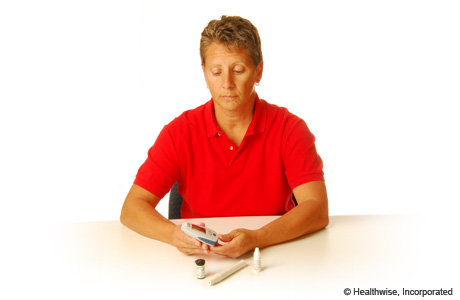
Gather the things you need to test your blood sugar. This usually includes the meter, needle (lancet) and lancet holder, test strips, and cotton balls.
Learn how to use the equipment.

Read the information from the manufacturer and your doctor to be sure you know how to use the blood sugar meter, lancet holder, and test strips.
Then check the expiration date.
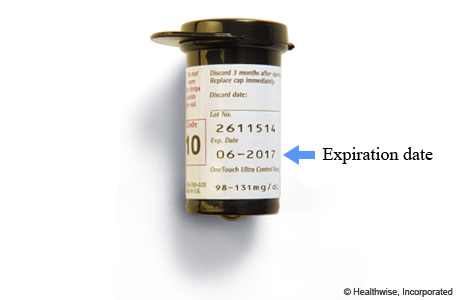
Check the expiration date on your test strips. If you use expired test strips, your test results might not be accurate.
Be sure to match the code numbers.
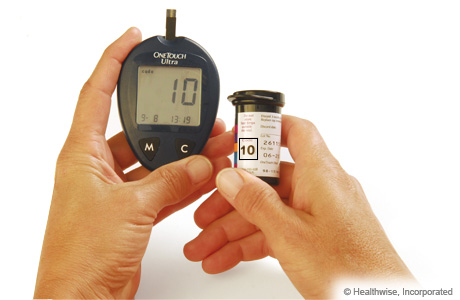
Many meters don’t need a code from the test strips, but some will. If your meter does, make sure the code number on the bottle of test strips matches the number on your meter. If the numbers don’t match, follow the directions that come with your meter for changing the code number.
Wash your hands.
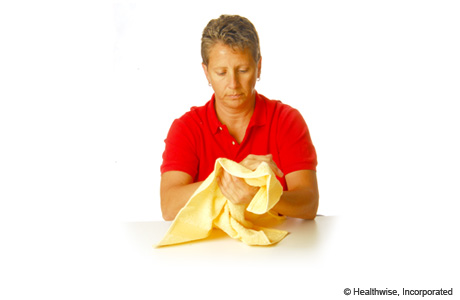
Wash your hands with warm, soapy water, and dry them well with a clean towel.
Next, put a clean needle (lancet) in the lancet device.
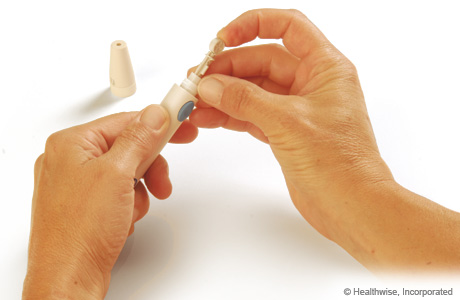
The lancet device is a pen-sized holder for the lancet. It holds the lancet in place and controls how deeply the lancet goes into your skin.
Get the test strip ready.
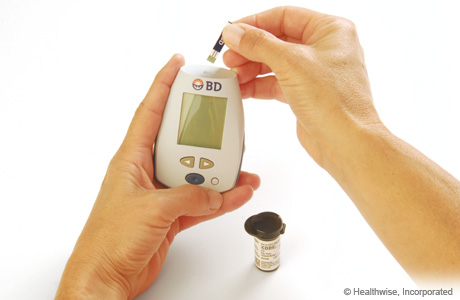
Take one strip from the bottle of test strips. Follow the directions to prepare your meter to receive the blood sample. Don’t forget to put the lid back on the bottle right after removing the strip.
Now it’s time to prick your finger.
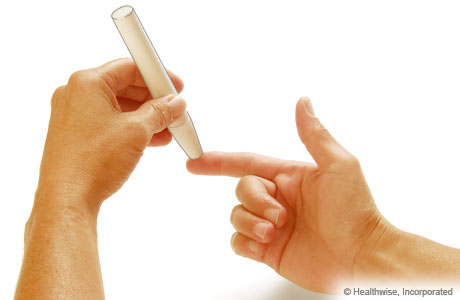
Use the lancet device to prick the side of your fingertip with the lancet.
Now test a small sample of your blood.
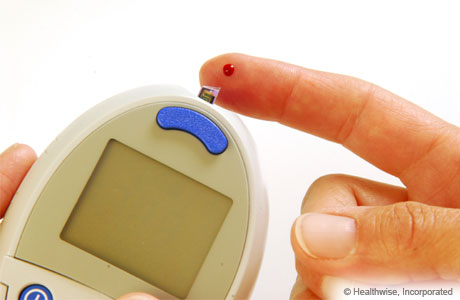
Put a drop of blood on the correct spot of the test strip, covering the test area well.
It’s easy to stop the bleeding.
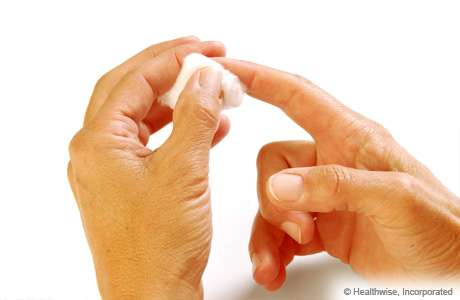
If your finger continues to bleed, use a clean cotton ball to apply pressure to your fingertip to stop the bleeding.
Don’t forget to record your results.

Wait for the results. Most meters take only a few seconds to give you the results. Recording your blood sugar results is very important. Your doctor will use your record to see how often your blood sugar levels are in your target range.
Current as of: April 16, 2019
Author: Healthwise Staff
Medical Review:E. Gregory Thompson MD – Internal Medicine & Adam Husney MD – Family Medicine & Kathleen Romito MD – Family Medicine & Rhonda O’Brien MS, RD, CDE – Certified Diabetes Educator
This information does not replace the advice of a doctor. Healthwise, Incorporated, disclaims any warranty or liability for your use of this information. Your use of this information means that you agree to the Terms of Use. Learn how we develop our content.

